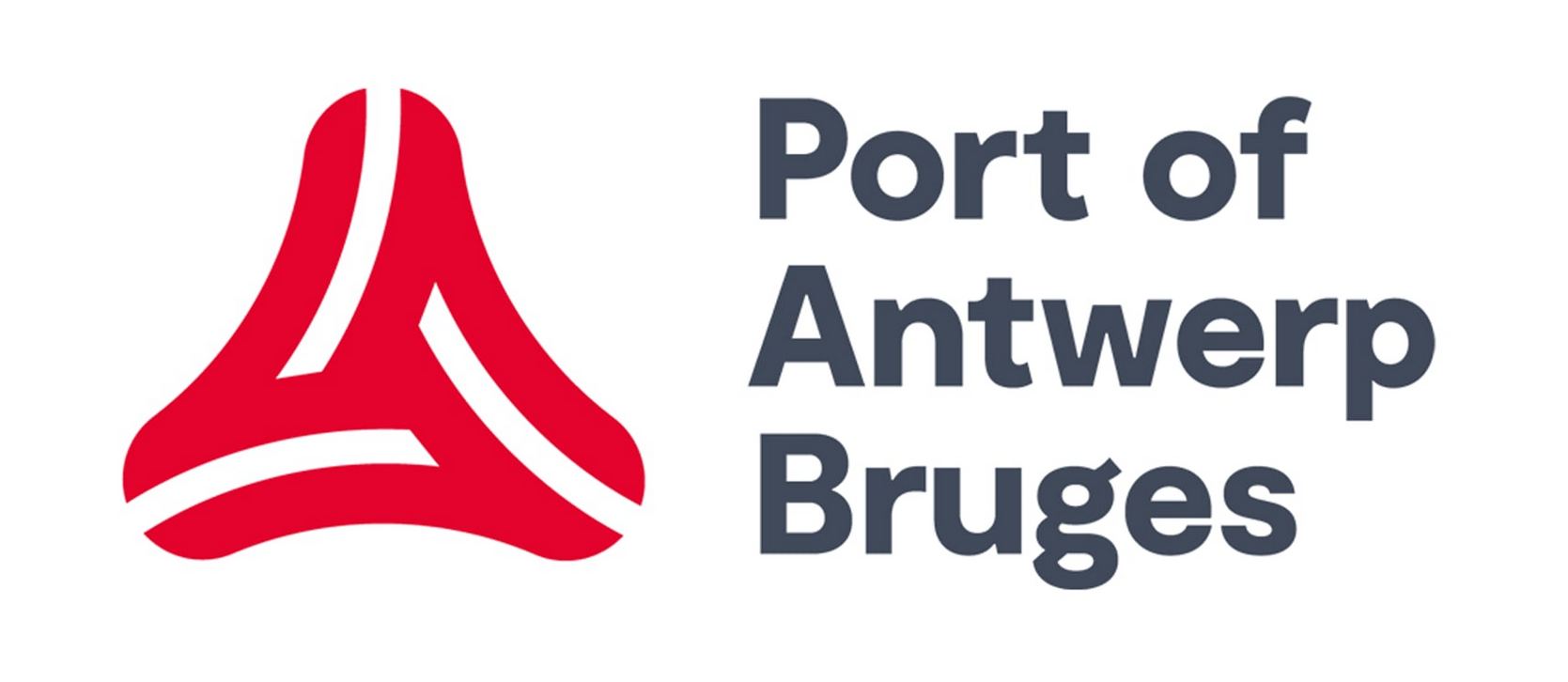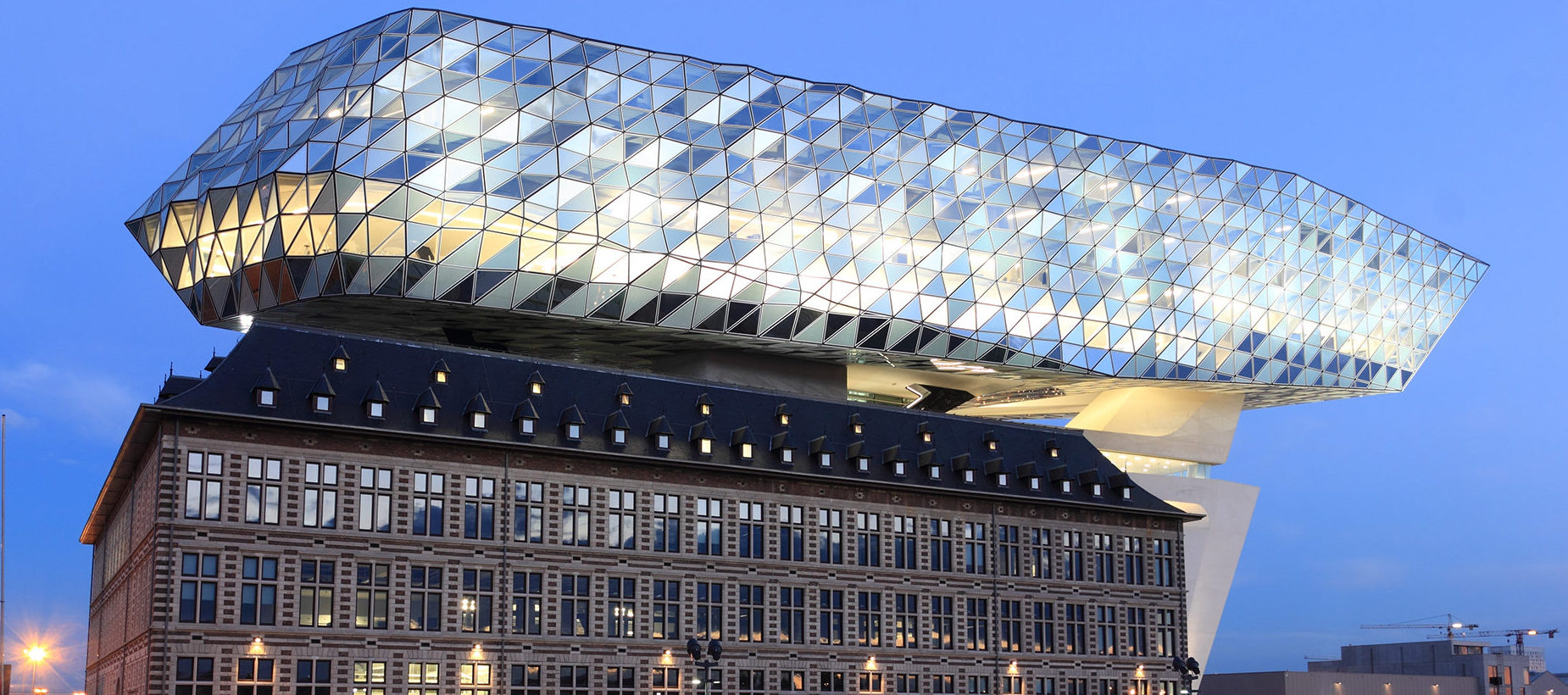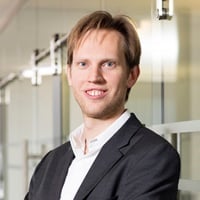Approach
Port of Antwerp-Bruges employs over 100 administrative service providers in different departments that are situated at various locations in and around the port. Over the years, each of these departments has developed its own way of doing things. We used a workload assessment to map out the activities of this group of employees and the variation between them. We identified every department’s activities and measured, by means of a broad questionnaire, the time budget and workload for each of them. Using these results as a basis, we organised various participative sessions with our target group. These included a World Café, individual interviews and an interactive inspirational session on innovative working arrangements. In this session, we helped create four new working arrangements with and for the administrative service providers. A strong approach which allowed us to establish a supportive base with the employees.
Following the study phase, we were asked to take charge of the implementation. We established projects for the set-up of a mobile team, the creation of a community for the employees, the introduction of self-organising teams and the centralization of specific administrative activities.
Four elements returned in each project:
- Learn from your peers: through a reference visit to, interviews with or testimonials of other organisations we directly implemented the employees’ experience and takeaways into our own projects.
- Work sessions: for every project, a group of enthusiastic employees volunteered to help shape the future of their organisation during a monthly work session.
- Inform and adjust: we informed the (broader) organisation by means of info sessions and received feedback through short questionnaires. We were able to make constant adjustments based on this feedback.
- Roll-out: for every project, we concluded our support with an outlook on the possibilities to further implement the model in the entire organisation.
Result
At the end of this process, Port of Antwerp-Bruges was equipped with four embedded working models which the administrative service providers could further support and roll out throughout the organisation. With this process of change we increased the community feeling among the administrative service providers, achieved a stronger synergy between the employees and their departments and created more mutual respect between the administrative employees and the other roles at Port of Antwerp-Bruges. In addition, various initiatives led to greater efficiency and optimization of operations.






